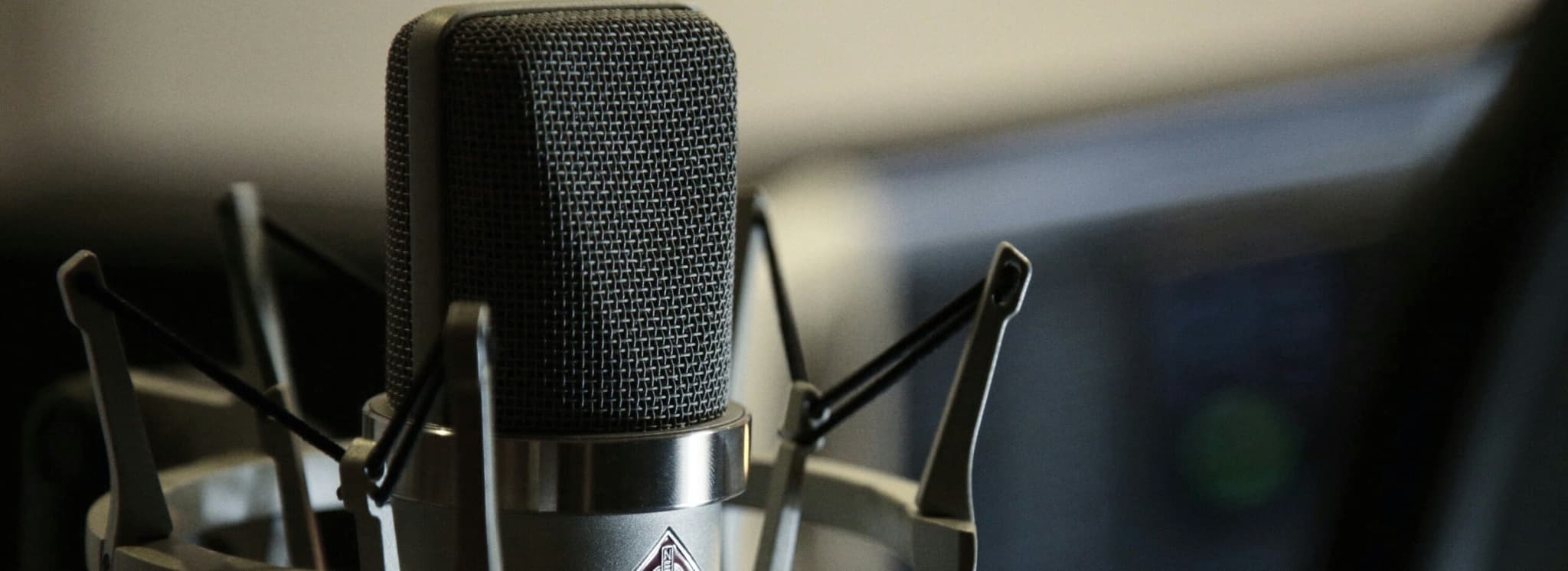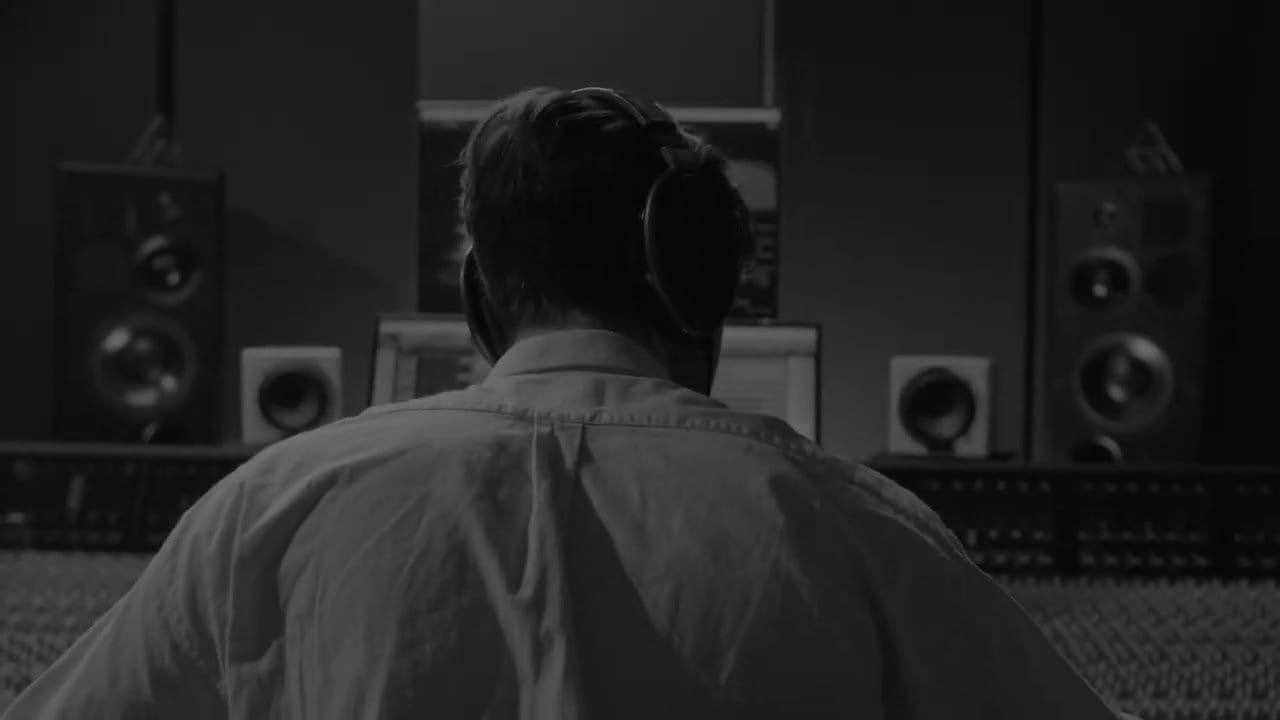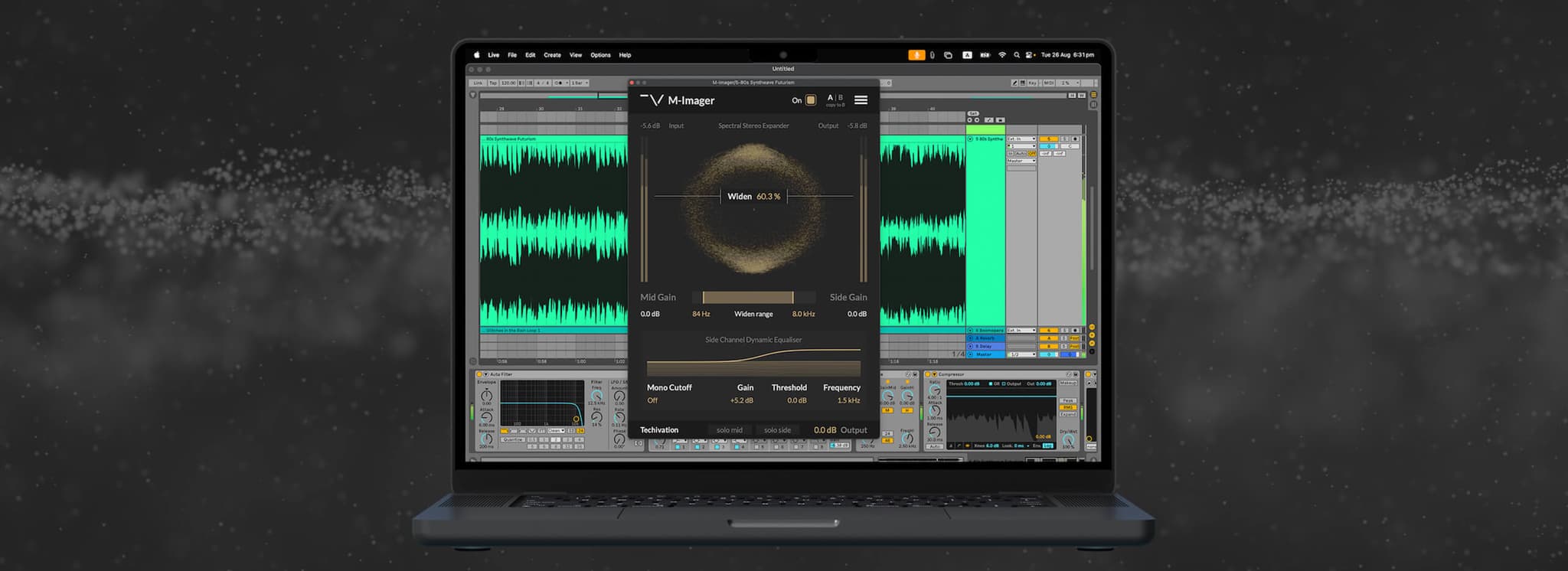How to Fix Sibilance in Vocals: A Guide to De-essing

It could be argued that vocals are the most important element of any song. After all, the song’s meaning and the emotion behind the lyrics come out through the vocal performance. A poorly produced vocal can break a song, so in this article, we will explore one aspect of vocal production that can cause a distraction if not carefully controlled, and that is sibilance!
What is Sibilance?
Sibilance refers to the high-pitched, hissing sounds produced when pronouncing certain consonants like “s”', “sh”, and “ch”. While sibilance is a natural aspect of speech and language, excessive sibilance in vocal recordings can cause a very harsh, piercing sound and become a distraction. These harsh-sounding frequencies live between around 4KHz - 10KHz and can change in frequency and volume depending on the singer, and the way the vocals are recorded.
Here is an example of a fairly sibilant vocal, listen out for the harshness in the word “Lovers” at the end. It gives a short and sharp “s” sound that sticks out from the rest of the vocal.
Plugin: Bypassed
Male Vocal Example: Unprocessed
How do we fix it?
In an ideal situation, you would want to prevent the harsh sibilances from being picked up in the first place, which can be achieved by altering the microphone placement in front of the singer. The aim is to prevent the bursts of high-frequency content from directly hitting the microphone capsule. By moving the mic off to the side of the singer, or even hanging it slightly above them, pointing towards their mouth, you can help reduce the harshness of sibilances (it can also go a long way to prevent plosives - explosive bursts of air when singing “p”s and “b”s). Sometimes, however, the damage has already been done, and for whatever reason, you are stuck with a sibilant recording, so what now?
The first thing that might come to mind is using a graphic or parametric EQ to reduce the harsh-sounding frequencies. However, this can make your track sound dull and even affect vocal intelligibility (which we want to avoid at all costs!). Hear how in the following example the “s” of “lovers” has been tamed, but now the whole top end of the vocal sounds dull and lifeless.
Plugin: Bypassed
Male Vocal Example: Bad EQ
Here is where the de-esser comes in! De-essers work by detecting and attenuating specific frequencies associated with sibilance in vocal recordings. They typically use a combination of filtering and dynamic processing techniques to achieve this.
First, you need to select the frequencies that correspond to sibilance, this is usually done using a band-pass filter, typically between 3 kHz and 10 kHz. Once the sibilant frequencies are selected, the de-esser applies dynamic processing to reduce their level when they exceed a certain threshold. This is often accomplished using a compressor or multiband compressor that is triggered by the sibilant frequencies.
Regular De-essers work fine, but how about something a bit newer and innovative?
Next level De-Essing
Move over regular de-essers… The M-De-esser uses an intelligent detection algorithm that allows it to accurately identify and target sibilant frequencies in vocal recordings. This advanced algorithm enhances the effectiveness of the de-esser by ensuring that only the problematic elements are addressed while preserving the natural character of your audio, reducing the risk of unwanted artefacts or affecting the overall tone of the vocals.
Let’s hear how M-De-Esser handles the current example:
M-De-Esser: Bypassed
Before/After Comparison - Adding Weight to Kick & Snare
As you can hear, it takes the harshness out of the “s” while retaining the overall quality and tone of the voice. We will hear how it performs against a regular De-Esser in a more extreme example later.

Sensitivity: The main control is labelled Sensitivity, which adjusts the threshold of spectral compression. This setting is independent of the input level, ensuring consistent performance throughout a track.
Strength: Sensitivity is accompanied by the Strength control, which adjusts the ratio and maximum gain reduction for spectral compression, enabling you to find the perfect balance between reducing harshness and preserving the natural qualities of your audio.
Softness: The Softness control allows you to set the perfect balance between precision and subtlety by controlling the amount of spectral smoothing and the soft knee width of spectral compression.
These are the three main settings to control your de-essing, but there are loads more parameters to further shape your sounds, such as an Air boost control, speed control modes, and a frequency range slider to name a few.
Don’t overdo it!
Like many areas of mixing, it’s very easy to go overboard with de-essing. If you focus too hard on reducing the harshness, without taking a step back and listening to the vocal or mix as a whole, you can end up producing some very unnatural-sounding vocals and lots of strange audio artefacts. That being said, if you are using M-De-Esser, you will find it much harder to get it to the point where your audio starts deteriorating due to its spectral shaping technology and accuracy, which means you can really go after difficult sibilance and still retain the overall audio quality!
This example shows more aggressive de-essing, you can hear how with the regular de-esser, you are starting to get some strange-sounding phasing or level changes in moments of sibilance which almost sounds more distracting than the sibilance! Whereas the overall audio quality in the M-De-Esser example is still intact, with the plugin only going after the sibilance.
M-De-Esser: Bypassed
Before/After Comparison - Adding Weight to Kick & Snare
It’s important to remember that sibilance is a normal part of singing and speech, so we don’t want to remove it completely. If you find yourself going back and forth and struggling to figure out the perfect amount of de-essing, perhaps take a bit of time away from the mix, give your ears a rest, and come back fresh! At the same time, it’s not a bad idea to have some reference material of vocal production you like that you can keep comparing against.
Conclusion
De-essers are an incredibly powerful tool to help prevent harsh sibilances from distracting your listeners, but with its intelligent detection algorithm, we think the Techivation M-De-esser is a cut above the rest. Along with fixing your vocals, M-De-esser is also a brilliant tool for other areas of your work, whether you need to control the high frequencies in a hi-hat, sound effect, dialogue, or anything with high-frequency content.
Try it now and transform your sound with precision and ease!
Written By Harry Lewis
Share this Article
Featured in this post



![[Video] New Update Released: Techivation M-Exciter](/_next/image?url=https%3A%2F%2Fstatic.techivation.com%2Fuploads%2FM-Exciter%2520New%2520Update.jpg&w=2048&q=75&dpl=dpl_8MtNB4V4GNBGc35CzAz4qvG2ozTf)
